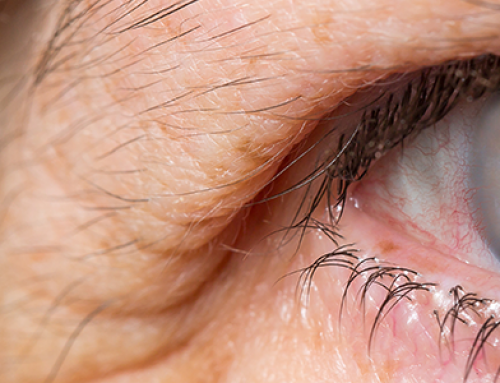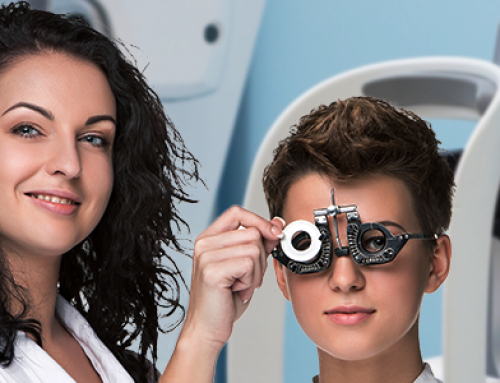The coatings of your lens can help substantially in enhancing the performance of your spectacles, and when you purchase new eyeglasses, there are a lot of treatments and coatings you can choose from and get confused by.
This guide will help you understand each of the major treatments to determine which one would suit your requirements best.
Anti-Reflective Coating

Anti-glare, Anti-reflective or AR coating is a very thin, microscopic layer of multiple coatings that can eliminate the formation of reflections completely from the back as well as the front of the lenses. This can make your lens clearly visible and people are enabled to see your eyes when they talk to you.
AR can also eliminate the glare that can be caused by the reflection of light off the surface of the lens. When reflections and glares are eliminated, your eyeglasses are enabled to provide a clearer vision for driving at night and added comfort while computing or reading. This coating comes highly recommended by all eyeglass specialists, specifically for high-index and polycarbonate lenses which reflect more light than regular glass.
Anti-Scratch Coating

The life of your lenses can easily be lengthened if you opt for scratch-proof lenses since no kind of glass or plastic can ever be immune to scratches. Lenses that are treated from both sides have a much sturdier surface and it is more resistant than the other options with regards to scratching. Whether you drop your eyeglasses a lot or use paper towels to clean, scratches can reduce the quality and clarity of your vision. Lenses used for children’s glasses are specifically required to be scratch-proof due to the rough handling, and most glasses being manufactured today come with an anti-scratch coating that elongates its life.
Sometimes, these coatings will also be optional and you will have to make sure your optician understands that you need it in order to get it. While these coats cannot save your glasses from the regular wear and tear, they are very helpful when it comes to keeping your glasses scratch-free for as long as you can manage.
Anti-Fog Coating

If you live somewhere with a colder climate, you know the frustration that coming in from a cold room into a warmer space causes when your spectacles fog up. This can become quite a safety hazard at times and restricts your ability to see clearly until the fog is ‘lifted’. This can especially be very difficult to handle under emergency situations. The Fog Free coating known as Opticote is very helpful in eliminating the moisture on lenses that can cause fogging so that your vision can remain clear.
Fog Free can be applied to a variety of materials including polycarbonate and plastics.
Ultraviolet Treatment

One of the most beneficial types of lenses is the newest type; Ultraviolet treated eyeglass lenses. It is basically an invisible dye that will be able to block out all the ultraviolet (UV) rays that may be very harmful for your eyes
People with nearsightedness can develop a cylindrical number which requires your glasses to be UV treated since cylindrical numbers can drop very fast with exposure to harmful rays of the sun. If your eyes are overexposed to UV rays for longer periods of time, you are at a higher risk of developing cataracts, eye problems, or a significant amount of retinal damage.
If you do not have UV treated glasses, they can be coated easily, but it is always better to go for lenses that have been manufactured with UV treatments if you want better results.
Your eyes provide you with vision and they deserve the best enhancements and accessories. Taking care of your optical health by keeping yourself aware is the first step to finding the right eyeglasses.





